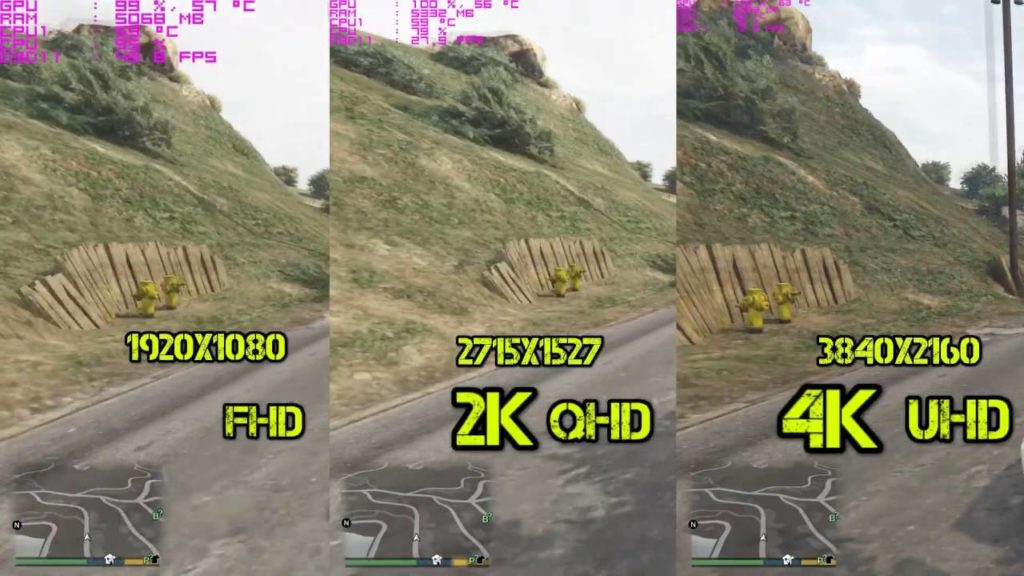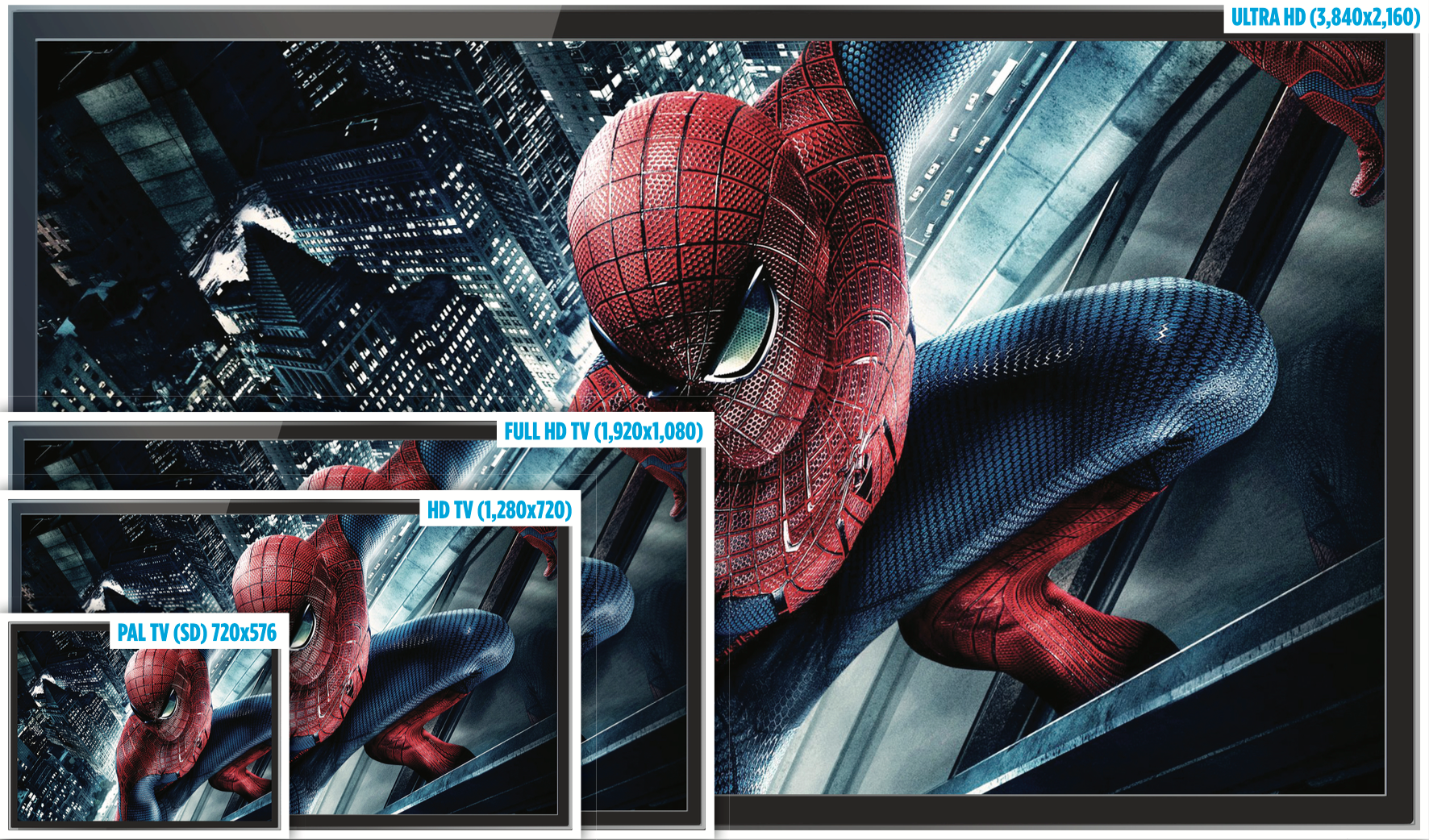Microsoft is making a big deal of 4K with the newly unveiled Xbox One X, formerly known as Xbox Project Scorpio. But that’s natural, considering the fact that it’s going to cost $499 – $100 more than the PS4 Pro from Sony – when it comes out on November 7, 2017.
And, of course, Microsoft wants to show how great 4K titles are going to look, which is why they’ve carefully selected the launch titles for the Xbox One X, such as Crackdown 3, Assassin’s Creed Origins, Super Lucky’s Tale, Star Wars Battlefront 2 and so on.
Xbox One X (Project Scorpio) will also be backward compatible via Back Compat, which is a free service. For disc-based games, however, you’ll need to insert the disc and let the game download to your console. The disc has to be kept in the drive for the game to work, however, but it’s not too much of an inconvenience.
There’s also an extensive library of “Xbox One X Enhanced” titles and other 4K titles like Resident Evil 7: Biohazard and Gears of War 4.
As you can see, the focus is very much on 4K.
But, as we discussed in an earlier article, does that really matter at this point, when many gamers don’t even have 4K monitors or TVs?
SEE: $499 for Xbox One X: Has Microsoft Finally Discovered the Secret of Apple’s Success?
The problem is, 4K isn’t as widespread just yet, even though a lot of platforms and products are already supporting it. In most countries, the still-high cost of data is a prohibitive factor affecting 4K adoption.
Although online 4K games don’t use that much data, surprisingly, the downloadable content (DLC) for the games and the many updates or patches that come through on a regular basis, not to mention the games themselves, hog up a lot of data.
Take a look at this bit of research from one of Australia’s ISPs, nbn:
“Take, for instance, Star Wars Battlefront. This game requires 27GB on PC just for the core game.
If you bought Battlefront digitally, you’ll need to actually download that full 27GB, just to get started. This is before patches, and any DLC that has been released since it came out.
Nowadays, after four rounds of DLC plus multiple updates, the Star Wars Battlefront installation directory (on PC) now weighs in at closer to 54GB, all of which has to be downloaded if you bought a digital copy.
If you bought it on disc, you still need to download all of those patches and DLC.
Because players need to be on the same version of the game to play together online, digital platforms such as Steam, Xbox Live, and the PlayStation Network favour automatic updates over manual patches.
Game updates can range in size from a handful of megabytes to multiple gigabytes, all of which can add up over time.”
Not everyone has an unlimited Internet plan. But even if you do, there’s bound to be a fair usage policy or some additional charge that you’ll be incurring.
Like Xfinity from Comcast. The Terabyte Internet Data Usage Plan, as it’s called, gives you unlimited Internet usage, but after 1TB, you pay $10 for every additional 50GB up to a maximum of $200.
It’s unlimited, yes, but you’re paying more than the base charges if you exceed 1TB. And if you have a hardcore gamer and a hardcore video streamer in the same household using the same connection – or, God forbid, multiple gamers and streamers – then you’re looking at a considerable bill every month on top of your base charges.
And if that’s the case in one of the most developed markets in the world like the United States, you don’t even want to know what it’s like overseas, especially in emerging economies where Internet speeds are still sub-gigabit and data caps are rampant.
It’s quite possible that Microsoft’s moves in 4K, with respect to the new Surface Pro tablet or even the Xbox One X (Project Scorpio) are a little premature. However, if the marketing is done right, people will come flocking for the product – even if they don’t really know the difference between true 4K and the “checkerboard” method of 4K delivery that Sony uses on the PS4 Pro.
As a matter of fact, the average gamer won’t even notice the difference between 2K and 4K unless they’re compared side by side:

The biggest takeaway is that Microsoft is positioning its products to embrace 4K when it does go mainstream. At the very least, they can join the “Supporting 4K since 2017” bandwagon alongside most of the world’s largest TV and monitor manufacturers.
Thanks for visiting! Would you do us a favor? If you think it’s worth a few seconds, please like our Facebook page and follow us on Twitter. It would mean a lot to us. Thank you.



